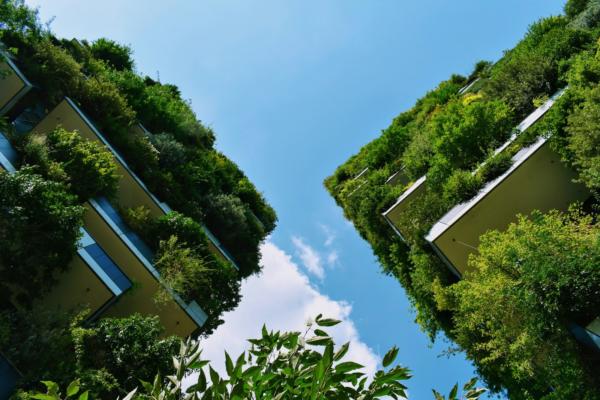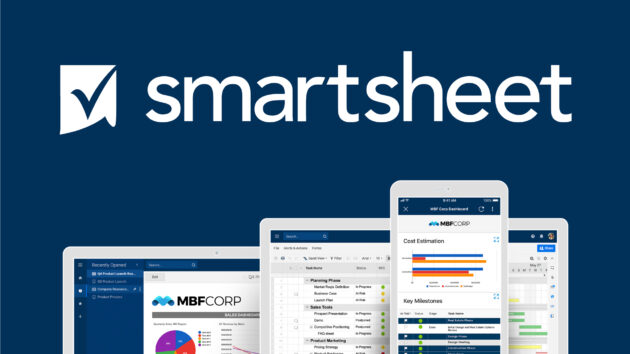Strategic View: Sentiment from Q2’s key Asia real estate conferences (APREA Japan & PwC APAC) points to a major new trend: “decarbonization club deals.” Investors are no longer just buying “green” assets; they are forming clubs to fund the transition of aging, “brown” industrial and office assets in prime hubs like Tokyo and Singapore.
 Full story: The conversation in Asian real estate has changed. At the APREA Japan Conference and PwC’s APAC Summit this quarter, the buzz was not just about data centers. The new, sophisticated play is the “decarbonization club deal.” This is a direct response to a massive, unfunded problem: Asia’s aging, “brown” building stock.
Full story: The conversation in Asian real estate has changed. At the APREA Japan Conference and PwC’s APAC Summit this quarter, the buzz was not just about data centers. The new, sophisticated play is the “decarbonization club deal.” This is a direct response to a massive, unfunded problem: Asia’s aging, “brown” building stock.
Here is the strategy: instead of competing for the few, overpriced “green” towers, investor clubs are hunting for “brown” assets in prime locations. They acquire a 1980s office tower in Tokyo or a 1990s light-industrial park in Singapore. The club’s capital is then deployed not just for the acquisition, but for the deep, high-cost retrofit.
This includes new HVAC systems, “smart building” skins, and on-site renewables. This is a capital-intensive, operational play that is too complex for many funds. But a specialized club of investors, bringing in engineering and ESG expertise, can execute it. They are manufacturing a “green” asset at a discount.
This trend is driven by two powerful forces: regulation and tenant demand. Governments are mandating “net-zero” pathways, and top-tier global tenants will only lease new, green-certified space. This creates a “green rental premium.” The “decarbonization club deal” is the financial vehicle that captures this spread, turning a brown liability into a green, premium asset.
Summary: The key takeaway from Q2’s APAC real estate events is the rise of the “decarbonization club deal.” It matters because it shows investors are moving beyond simple “green” acquisitions. They are now creating value by forming expert clubs to finance the complex, high-return work of retrofitting Asia’s aging buildings.
Source: APREA Japan Conference





